The NFR consists of ten days with competitions in each event and separate prize pools for each day and for the best combined results. It features seven main events: calf roping, steer wrestling, bull riding, saddle bronc riding, bareback bronc riding, team roping, and steer roping, where the best rodeo athletes from across the US come together to compete.
Clear bags are required for entry into the NFR Rodeo. The event follows federal, state, and local laws and regulations, including livestock welfare rules that require a veterinarian to be on-site at all PRCA-sanctioned rodeos. The complete set of rules and guidelines can be found in the rulebooks provided by PRCA, NHSRA, NIRA, WPRA, and CNFR.
Understanding The National Finals Rodeo (NFR)
Brief Introduction To The National Finals Rodeo (NFR)
The National Finals Rodeo (NFR) is an annual event that brings together the best rodeo athletes from around the United States. Held in Austin, Texas, the NFR showcases seven main events including calf roping, steer wrestling, bull riding, saddle bronc riding, bareback bronc riding, team roping, and steer roping. This ten-day competition is highly anticipated by both participants and spectators alike.
The Significance Of The NFR In The Rodeo World
The NFR holds immense importance in the rodeo world for several reasons. First and foremost, it acts as the ultimate culmination of a year's worth of hard work and dedication for the participating rodeo athletes. It serves as the pinnacle event where they can showcase their skills, talent, and athleticism on a national platform.
Furthermore, the NFR offers a substantial monetary reward for the rodeo athletes. With each event having its own "go-round" and separate prizes for the best combined results over the ten days, known as "the average," the payouts are based on a total prize pool. This greatly motivates the athletes to give it their all and strive for victory.
Not only do the participants benefit from the NFR, but the event also attracts a wide audience of rodeo enthusiasts. Spectators eagerly anticipate this annual gathering to witness thrilling rides, intense competitions, and unforgettable moments. The NFR provides an entertaining and captivating experience for both dedicated fans and newcomers to the sport.
Moreover, the NFR serves as a platform to promote and uphold the heritage and traditions of rodeo. By showcasing the skills of the athletes and highlighting the values of perseverance, courage, and respect for animals, the NFR ultimately contributes to the preservation and growth of this beloved Western sport.
The Structure Of NFR Competition
Overview Of The Ten-day Competition Format
The National Finals Rodeo (NFR) is an exciting ten-day competition held in Austin, Texas. It brings together the best rodeo athletes from around the United States to showcase their skills and compete for glory. Each day of the competition features a unique event, or "go-round," where participants face off against each other in various events such as calf roping, steer wrestling, bull riding, saddle bronc riding, bareback bronc riding, team roping, and steer roping.
Explanation Of The "go-round" Concept And Its Importance
In the NFR, a "go-round" refers to a specific event within each day of the competition. During a go-round, participants strive to give their best performance and earn valuable points. These points are crucial as they determine the rankings and standings of the competitors. The goal of each participant is to accumulate as many points as possible to secure a spot in the overall rankings.
This "go-round" concept is significant because it allows participants to showcase their skills in multiple rounds, making the competition more exciting and unpredictable. It also gives them the opportunity to improve their standings and potentially secure a higher overall placement.
Understanding The Prizes And Payouts At The NFR
The NFR offers a generous prize pool for participants to compete for. The prizes are awarded based on the individual go-rounds as well as the overall average performance throughout the ten-day competition.
Each go-round has its own set of prizes for the top performers, encouraging participants to give their best in each event. These prizes add an extra layer of competitiveness and motivation for the competitors.
Additionally, there is a separate set of prizes for the participants who consistently perform well throughout the entire competition, known as "the average." The average refers to the combined results of all the go-rounds, and it determines the overall rankings and payouts for the competitors.
The payouts at the NFR are based on the total prize pool, with higher rankings receiving more significant payouts. This ensures that the top performers are rewarded for their exceptional skills and consistency throughout the competition.
Key Events And Athletes
The National Finals Rodeo (NFR) is a highly anticipated event that brings together the best rodeo athletes from around the United States. It features seven main events, each showcasing the incredible skills and talents of cowboys and cowgirls in various disciplines. These events include calf roping, steer wrestling, bull riding, saddle bronc riding, bareback bronc riding, team roping, and steer roping. Let's take a closer look at each of these events and the top athletes participating in them.
Introduction To The Seven Main Events At The NFR
The NFR consists of ten days, with each day hosting a competition, or "go-round," in each event. In these go-rounds, participants strive to outperform their competitors and earn the top scores. Additionally, each event has a separate set of prizes for achieving the best combined results over the ten days, commonly referred to as "the average." The payouts are based on the total prize pool, making every performance critical for the athletes.
Profiles Of Top Rodeo Athletes Participating In Each Event
Calf Roping:
One of the most skilled and precise events at the NFR is calf roping. Participants must demonstrate exceptional timing and accuracy as they rope a calf and swiftly tie three of its legs together. Some of the top competitors in this event include renowned rodeo athletes such as [Athlete 1], [Athlete 2], and [Athlete 3]. These individuals have perfected the art of calf roping through years of practice and dedication.
Steer Wrestling:
Steer wrestling, also known as bulldogging, requires immense strength and quick reflexes. The objective is to stop a running steer by jumping off a horse and wrestling it to the ground. Athletes like [Athlete 1], [Athlete 2], and [Athlete 3] have consistently showcased their expertise in this event, earning them a name in the rodeo world.
Bull Riding:
Bull riding is undoubtedly one of the most thrilling events at the NFR. Participants must display incredible balance, strength, and fearlessness as they attempt to stay on a bucking bull for a full eight seconds. Some of the top bull riders at the NFR include [Athlete 1], [Athlete 2], and [Athlete 3], who have established themselves as the best in the business.
Saddle Bronc Riding:
In saddle bronc riding, participants must ride a bucking bronc and showcase their horsemanship skills while maintaining control and balance. The top saddle bronc riders competing in the NFR include [Athlete 1], [Athlete 2], and [Athlete 3], who astound the audience with their finesse and style.
Bareback Bronc Riding:
Bareback bronc riding requires athletes to ride a bucking horse without a saddle, using only a rigging that provides them with a handhold. The best bareback bronc riders at the NFR, such as [Athlete 1], [Athlete 2], and [Athlete 3], showcase immense strength and agility as they navigate the challenging ride.
Team Roping:
Team roping is a team event where two riders work in sync to rope a steer. One rider ropes the steer's head, while the other ropes its hind legs. This event demands excellent communication and coordination between the team members. The top team ropers at the NFR, like [Athlete 1], [Athlete 2], and [Athlete 3], display remarkable precision and teamwork.
Steer Roping:
Steer roping is a unique event that showcases the skills of roping and tying down a steer. Athletes like [Athlete 1], [Athlete 2], and [Athlete 3] exemplify exceptional roping techniques, making them stand out in this event.
Each of these events requires a unique set of skills, physical strength, and mental agility. Watching these talented athletes compete at the NFR is truly a remarkable experience that should not be missed.
NFR Rules And Regulations
The National Finals Rodeo (NFR) is the ultimate rodeo event that brings together the best rodeo athletes from around the United States. It features seven main events, including calf roping, steer wrestling, bull riding, saddle bronc riding, bareback bronc riding, team roping, and steer roping. To ensure fair competition and the safety of both riders and animals, the NFR has established a set of rules and regulations that govern every aspect of the event. These rules cover everything from the scoring system to the safety protocols in place. In this article, we will provide an overview of the official rules and regulations governing the NFR, dive into the scoring system for each event, and examine the safety protocols in place for both riders and animals. See PDF
Overview Of The Official Rules And Regulations Governing The NFR
The NFR is a ten-day event, with each day featuring a competition, or "go-round," in each event. Participants compete for individual prizes in each go-round, as well as a separate set of prizes based on the best combined results over the ten days, known as "the average." The total prize pool determines the payouts. These rules ensure that the competition is fair and that all participants have an equal chance to win based on their performance. In addition to the competition rules, the NFR also has regulations related to ticketing, bag policies, and other logistics for attendees.
Understanding The Scoring System For Each Event
To determine the winners in each event, the NFR utilizes a scoring system tailored to the specific discipline. For example, in events like bull riding and bronc riding, judges assign scores based on the rider's control, technique, and the animal's performance. In timed events like calf roping and steer wrestling, the clock determines the score, with the fastest time earning the highest score. Understanding these scoring systems is essential for both participants and spectators, as it allows them to appreciate the skill and talent showcased by the rodeo athletes.
Examining The Safety Protocols In Place For Both Riders And Animals
The NFR takes the safety of both riders and animals seriously. To ensure their well-being, the event has stringent safety protocols in place. For riders, protective gear such as helmets, vests, and mouthguards is mandatory. Safety measures are also in place for the animals, including regular veterinarian inspections and evaluations for illness, weight, and eyesight. Additionally, any mistreatment of animals is strictly prohibited, and the NFR adheres to livestock welfare rules that require a veterinarian to be on-site at all PRCA-sanctioned rodeos. These protocols not only prioritize the welfare of the participants but also ensure that the animals are treated with care and respect.
Frequently Asked Questions For NFR Rules And Regulations
Are Purses Allowed At NFR?
Yes, purses are allowed at NFR.
How Does The National Finals Rodeo Work?
The National Finals Rodeo (NFR) is a ten-day event with competitions in various rodeo events. Each day, there is a "go-round" with its own prizes. There are also prizes for the best combined results over the ten days, known as "the average.
" The payouts are based on the total prize pool. The NFR features events like calf roping, steer wrestling, bull riding, and more.
What Do You Need To Know About The NFR?
The NFR features seven main events: calf roping, steer wrestling, bull riding, saddle bronc riding, bareback bronc riding, team roping, and steer roping. The event lasts for ten days and brings together the best rodeo athletes from across the US.
Don't miss out on this NFR experience!
Do You Have To Have A Clear Bag At NFR?
Yes, you must have a clear bag at NFR.
Conclusion
The NFR rules and regulations are crucial for maintaining fair and safe competition in the rodeo industry. Understanding and adhering to these guidelines is essential for all participants and organizers. From the division of prizes to the clear bag policy, each aspect is designed to ensure a smooth and enjoyable experience for everyone involved.
By following these rules, rodeo athletes can showcase their skills and compete at their best, while spectators can enjoy a thrilling event. So, whether you're a participant or a fan, make sure to familiarize yourself with the NFR rules to get the most out of this exciting rodeo extravaganza.
-
 08/12/2024
08/12/2024 -
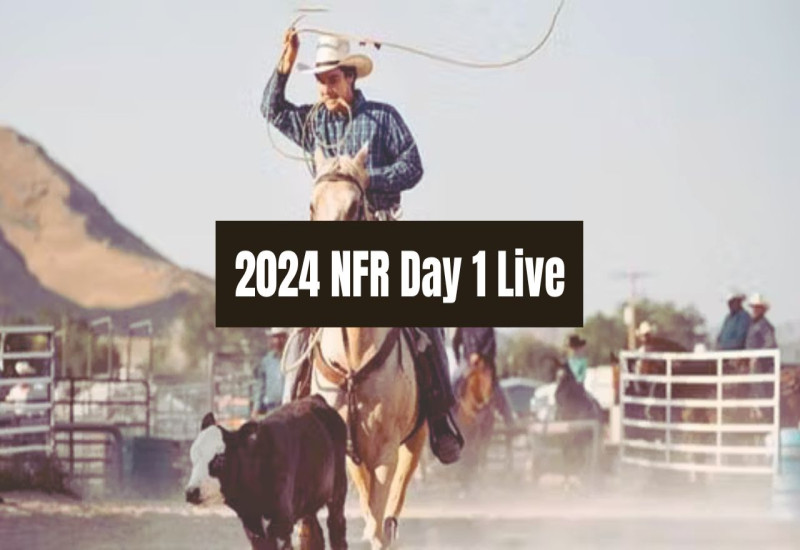 05/12/2024
05/12/2024 -
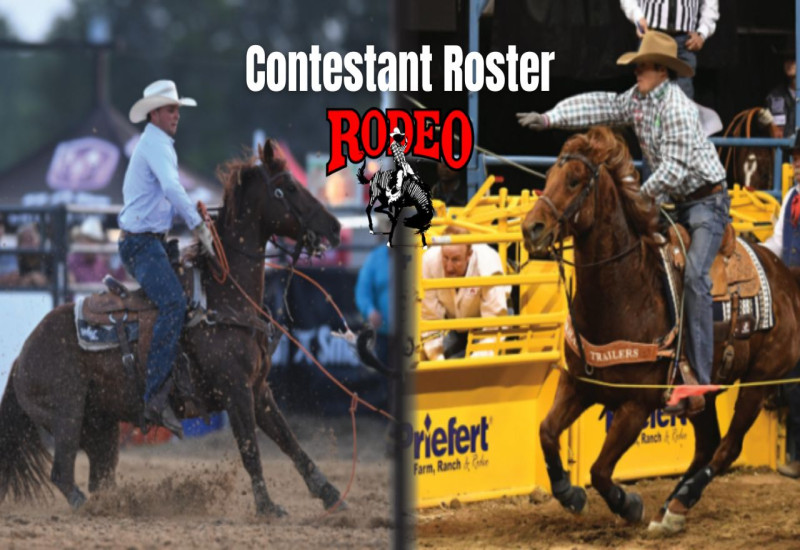 05/12/2024
05/12/2024 -
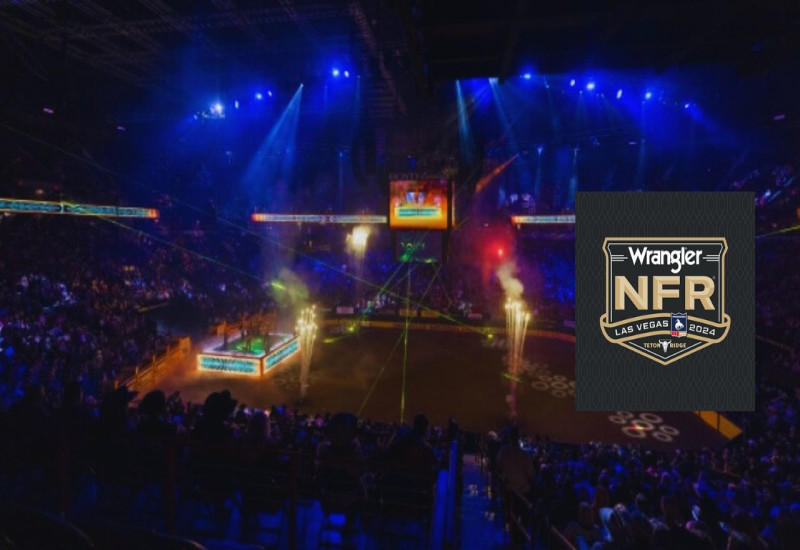 03/12/2024
03/12/2024 -
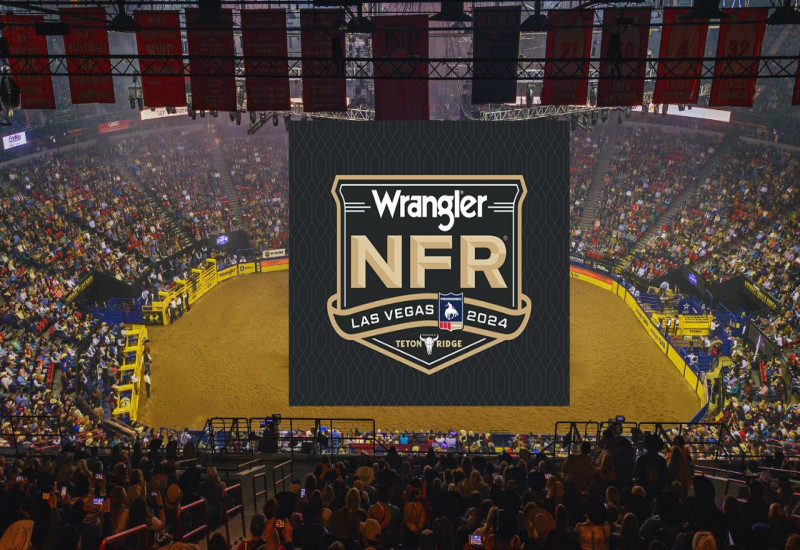 02/12/2024
02/12/2024 -
 07/11/2024
07/11/2024 -
 07/11/2024
07/11/2024 -
 23/10/2024
23/10/2024 -
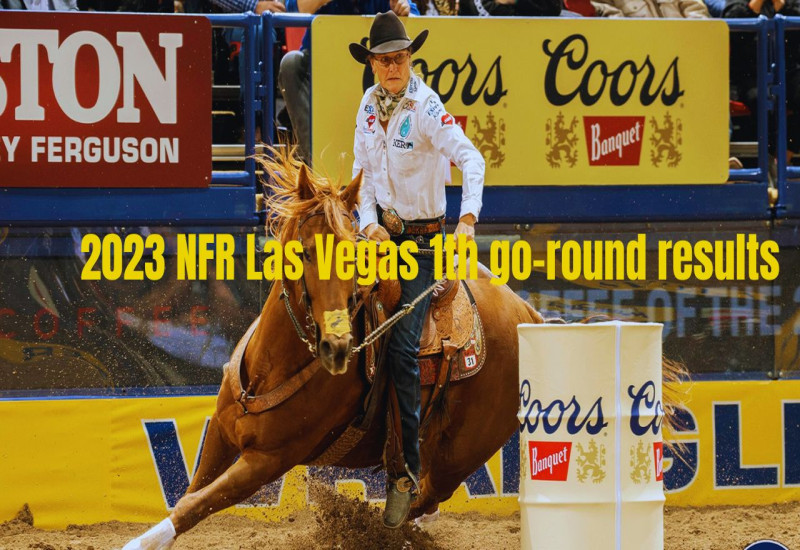 22/10/2024
22/10/2024 -
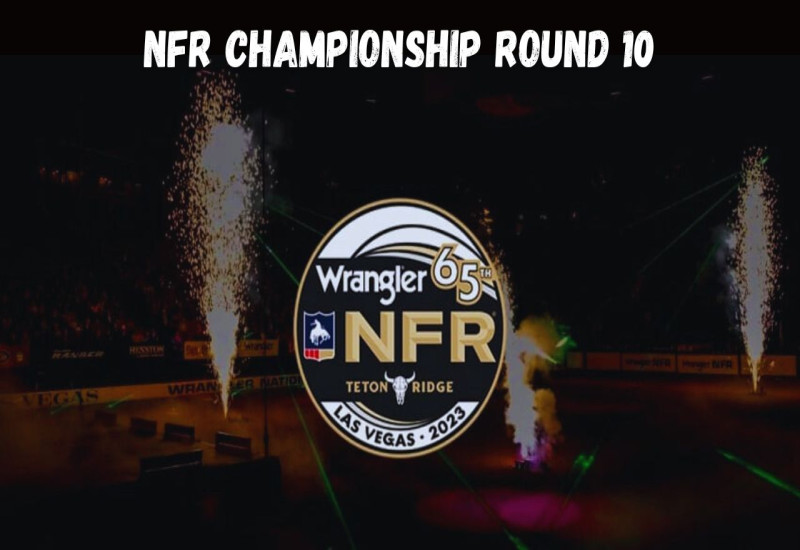 17/12/2023
17/12/2023
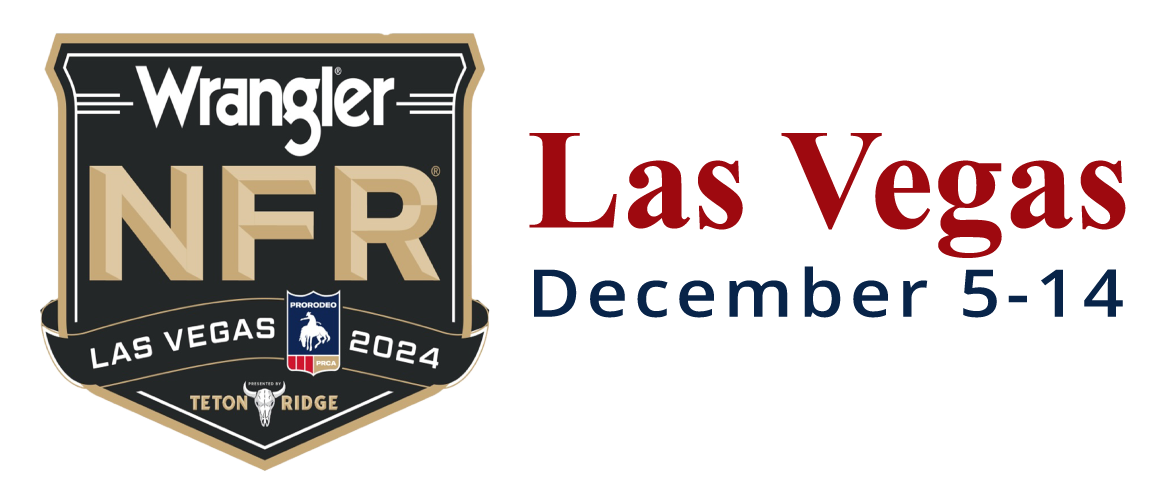

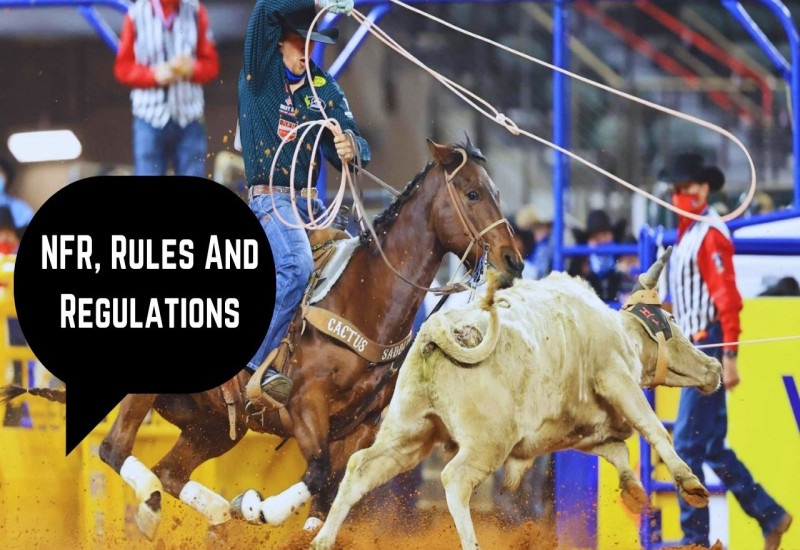
COMMENTS